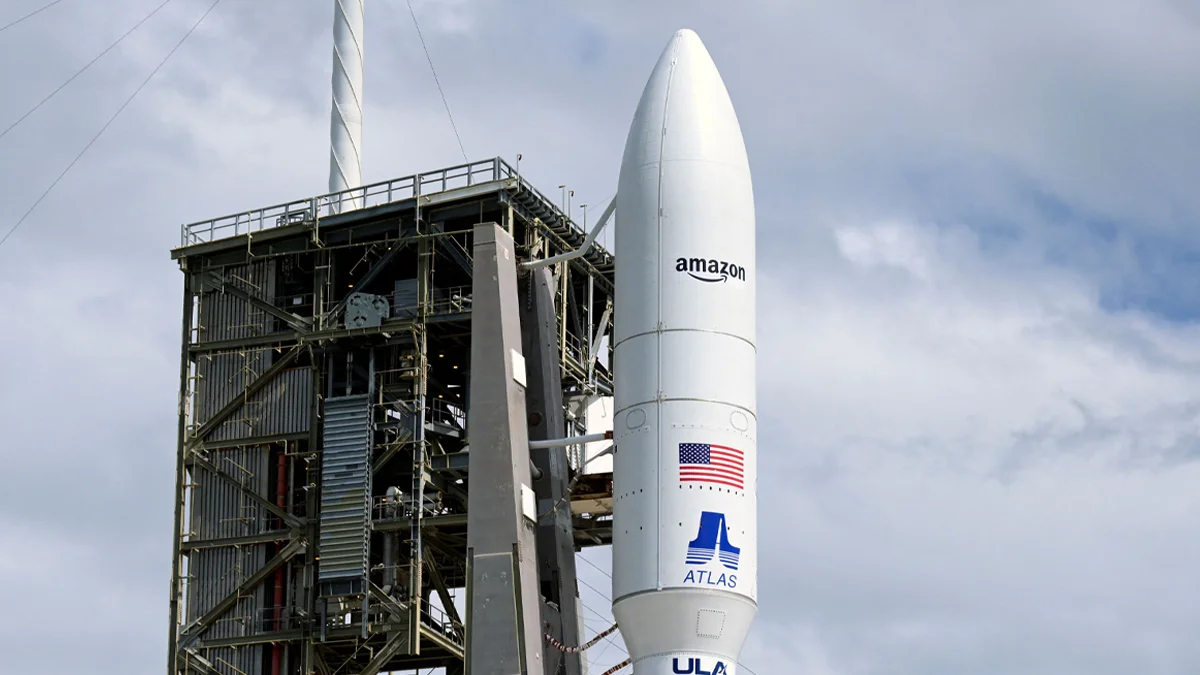Necessary Always Active
Necessary cookies are required to enable the basic features of this site, such as providing secure log-in or adjusting your consent preferences. These cookies do not store any personally identifiable data.
|
||||||
|
||||||
|
||||||
|

Amazon has officially launched the first 27 satellites for its new internet service, Project Kuiper. This is Amazon’s big step into the global satellite internet market, where it will compete directly with SpaceX’s Starlink. According to Reuters, the satellites were launched into space on April 28, 2025, from Cape Canaveral in Florida. A rocket from United Launch Alliance (ULA) carried them into lower Earth orbit.
Project Kuiper is Amazon’s $10 billion plan to build a network of 3,236 satellites. The U.S. Federal Communications Commission enforced a deadline requiring Amazon to deploy at least half of its satellites by mid-2026.
Amazon’s major initiative, Project Kuiper, focuses on providing global broadband internet via satellites. The first 27 operational satellites launched are just the beginning. These satellites were placed at an altitude of 630 kilometers.
The company used multiple tests to prepare for this full-scale launch. Amazon expects to start offering internet services to customers later in 2025, first in the northern and southern parts of the world. More coverage will be added as more satellites are launched.
The company’s goal is to help bridge the digital divide. Rajeev Badyal, Amazon’s Vice President of Technology for Project Kuiper, said, “This is only the beginning of our journey to provide reliable, affordable broadband to communities around the world.”
To use Kuiper internet, Amazon has developed special user terminals. The standard terminal is about the size of a vinyl record and can offer internet speeds up to 400 Mbps. There is also a smaller version, similar in size to a Kindle, that can reach speeds up to 100 Mbps. Both are expected to cost less than $400.
For businesses and government users, Amazon has created a larger high-performance terminal that delivers speeds up to 1 Gbps. This will benefit customers who require high-speed, reliable internet connections.
Amazon is entering a market where Starlink, run by Elon Musk’s SpaceX, is already a major competitor. Since 2019, Starlink has deployed 8,000 satellites, which currently connect over 5 million subscribers in 125 different nations. SpaceX has the advantage of building and launching its satellites using its reusable Falcon 9 rockets.
Amazon is collaborating with multiple companies to launch its satellites. In 2022, the company signed contracts for 83 launches with ULA, Arianespace from France, and Blue Origin, founder Jeff Bezos’s space company. This is the largest commercial rocket deal ever made.
Despite Starlink’s lead, Jeff Bezos is confident that Amazon can succeed. “There’s insatiable demand for the internet. There’s room for lots of winners there. I predict Starlink will continue to be successful, and I predict Kuiper will be successful as well,” he said in an interview.
The company contends its experience with consumer products and cloud computing operations provides it with an advantage in the space industry. The integrated services of Amazon operate more effectively with Kuiper to establish an enhanced, valuable internet network.
Amazon plans to launch up to five more Kuiper missions in 2025. This will help the company reach its goal of full global internet service through space.